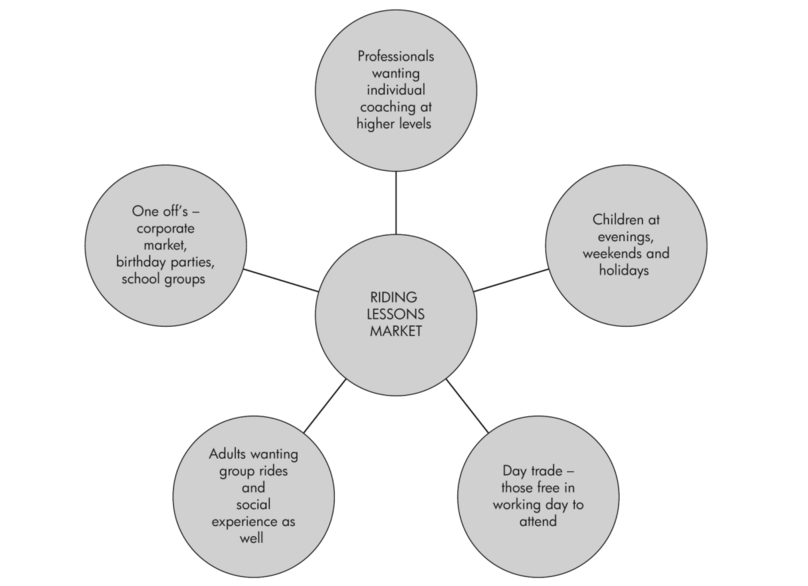Social media has exploded in the last couple of years and businesses are taking to social media as a platform for marketing, customer relations, PR and market research (See Niven, 2014: How small businesses are making the most of social media to grow).
However, brands need to be strategic in choosing their social media channel due to the vast amount of platforms available (Taylor, 2013). It is unrealistic for a company to be operating on each and every social media channel given the heavy manpower and time resources needed to successfully build, grow and communicate effectively with customers (See Conley, 2014: A Beginner’s Social Media Guide for Small Businesses).
Selecting a platform for your business can be a daunting task, so breaking it down into two simple steps will help you to arrive at the perfect solution for your business.
- Understand your goals
- Understand your audience
Simple, right?
So, lets look into these steps. Before starting any sort of marketing communications there must be a main goal, this is the same for social media (Taylor, 2013). What’s your company looking to get out of using social media? Are you looking for brand awareness and building loyalty or a way to answer queries and questions?
Platforms have different attributes that can help you to achieve this goal. For example, Facebook is a great B2C platform which can help build awareness and loyalty but due to the layout may not be the best for answering customer service queries. Whereas Twitter is designed to deal with high frequency and high volume posts, making it a great platform to further customer service.
Having a clear goal can start to narrow down your choices of social media and thus increasing your chances of getting it right!
Next up; understanding your audience. Different platforms hold different user demographics; for example B2B businesses will have a professional audience so therefore LinkedIn, the professional social media platform, would be the most obvious platform to find them.
To work out where your audience spends their time online you need to do a little research.
Source: Chaffey (2015)
This chart by Chaffey (2015) shows the most active users of social media platforms by age (See Chaffey, 2015: Global social media research summary for more demographics). Using a tool like this makes finding out where your target market lies far easier.
So, let’s have an example.
Which social media platforms would be most beneficial for a family run business such as a riding school?
Following the simple two step plan identified earlier; what are their goals?
Obviously each riding school is unique, and the goals of one will not be the goals of another. However, for arguments sake let’s say they’re a small business with little time and no real social media experience looking to build brand awareness and engagement.
Instantly, Facebook can be considered as one of its main purposes (for businesses) is to build brand reputation and loyalty, showcasing the ‘human side’ of the business. However, Facebook is time consuming. While it’s ideal for sharing personal stories, testimonies and encouraging conversation with customers, it requires daily management and content needs to be well designed, either created ‘inhouse’ or outsourced which can become expensive. There’s also an art to Facebook; content needs to be relevant, posted at the right time of day and the right amount of times per week in order to be effective (See Agarwal, 2016: Top 5 Facebook Marketing Mistakes You Need To Avoid). Although, as a riding school, content would be fairly simple; photos, lesson schedules and daily updates, which can all be set to useful sites like Hootsuite which distribute pre-set posts at allocated times.
So now we have a rough idea of a potential platform we can move on to who and where are their audience?
Let’s start with the who.
Source: Brown & Clinton (2010)
In this example, as a small family run business we’ll say their main target is for children (including teenagers) at evenings and weekends and adults looking for a social experience.
Now for the where; considering the age of the target market, adults 35-54 are most active on Facebook, which has already been identified as appropriate for the businesses goals.
Instagram however, is one of the top platforms for those aged 16-24, second only to Snapchat.
Instagram gives users the ability to like, comment and repost pictures and video as opposed to Snapchat where pictures/video can only be viewed for 10 seconds. When looking to build awareness and loyalty, content will need to be interacted with. Comments, likes and shares are the simplest way of achieving this, which is something Snapchat cannot offer. Instagram however is simple and easy to use and is a great platform to connect with customers on an intimate level (See Rezvani, 2014:Why Every Brand Should Be On Instagram).
So as a result, the ideal platforms for this business to build awareness and brand loyalty in their target audience would be Facebook and Instagram.
Following the simple two step process will make selecting effective platforms far easier, meaning you can go out and start making those all important connections much quicker!
References:
Agarwal, V (2016) Top 5 Facebook Marketing Mistakes You Need To Avoid. [Online] Available at: http://www.jeffbullas.com/2016/01/19/top-5-facebook-marketing-mistakes-need-avoid/
Brown, J and Clinton, M (2010). Horse Business Management; Managing a Successful Yard. . 4th ed. Chichester: Wiley-Blackwell. pg 89.
Chaffey, D. (2015). Global social media research summary. Smart Insights. [Online] Available at: http://www.smartinsights.com/social-media-marketing/social-media-strategy/new-global-social-media-research/
Conley, M. (2014). A Beginner’s Social Media Guide for Small Businesses. Social Media Examiner. [Online] Available: http://www.socialmediaexaminer.com/social-media-guide-small-businesses/
Niven, R. (2014) How small businesses are making the most of social media to grow. The Guardian. [Online] Available at: http://www.theguardian.com/small-business-network/2014/apr/16/social-media-smes-growth
Rezvani, J (2014) Why Every Brand Should Be On Instagram. Fast Company. [Online] Available at: http://www.fastcompany.com/3032848/the-future-of-work/nofilter-necessary-why-any-brand-can-and-should-harness-the-power-of-inst
Taylor, N. (2013). Choosing between social media platforms and understanding the markets they reach. Journal of Digital & Social Media Marketing, 1(3), 283-291.


